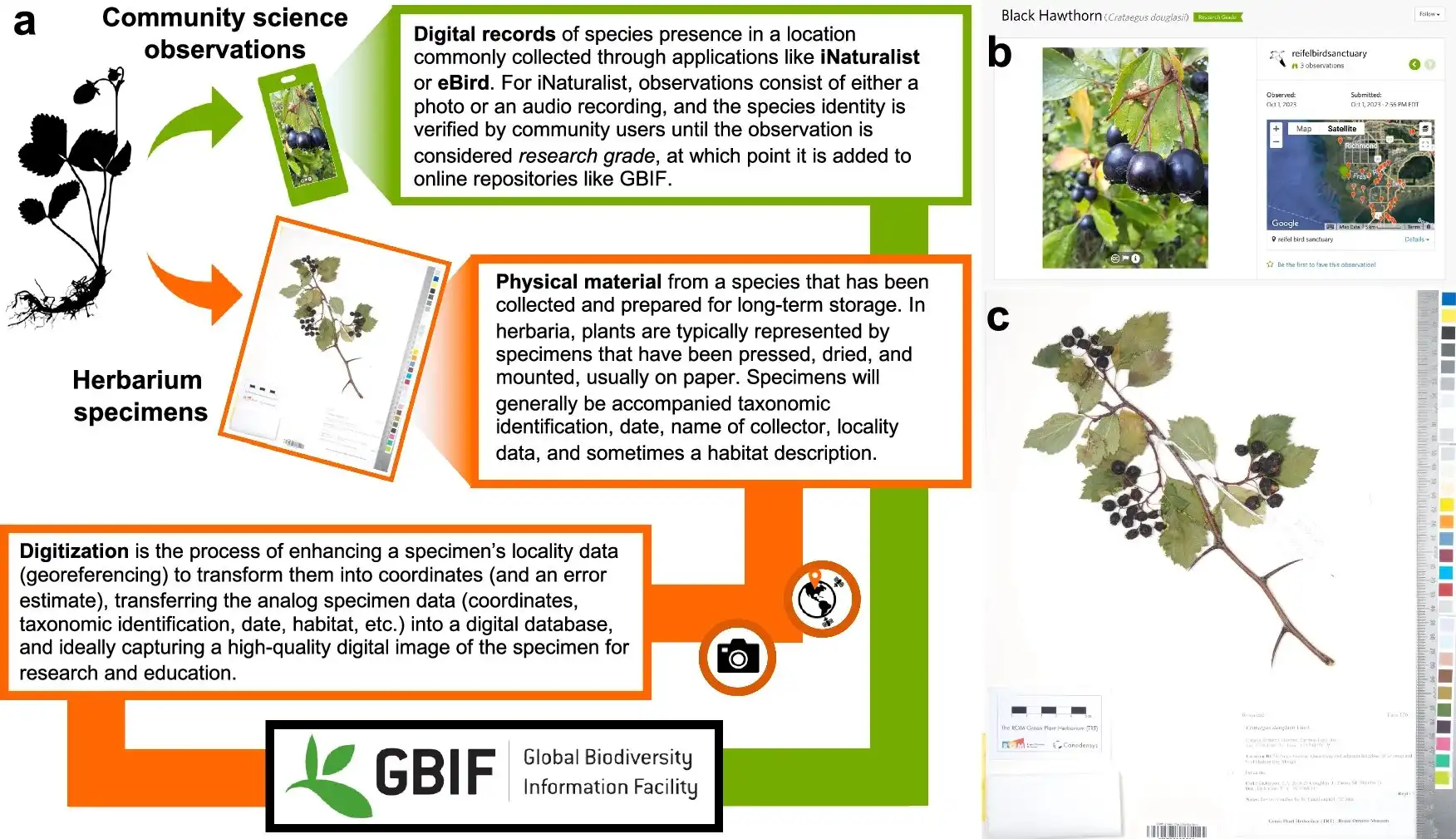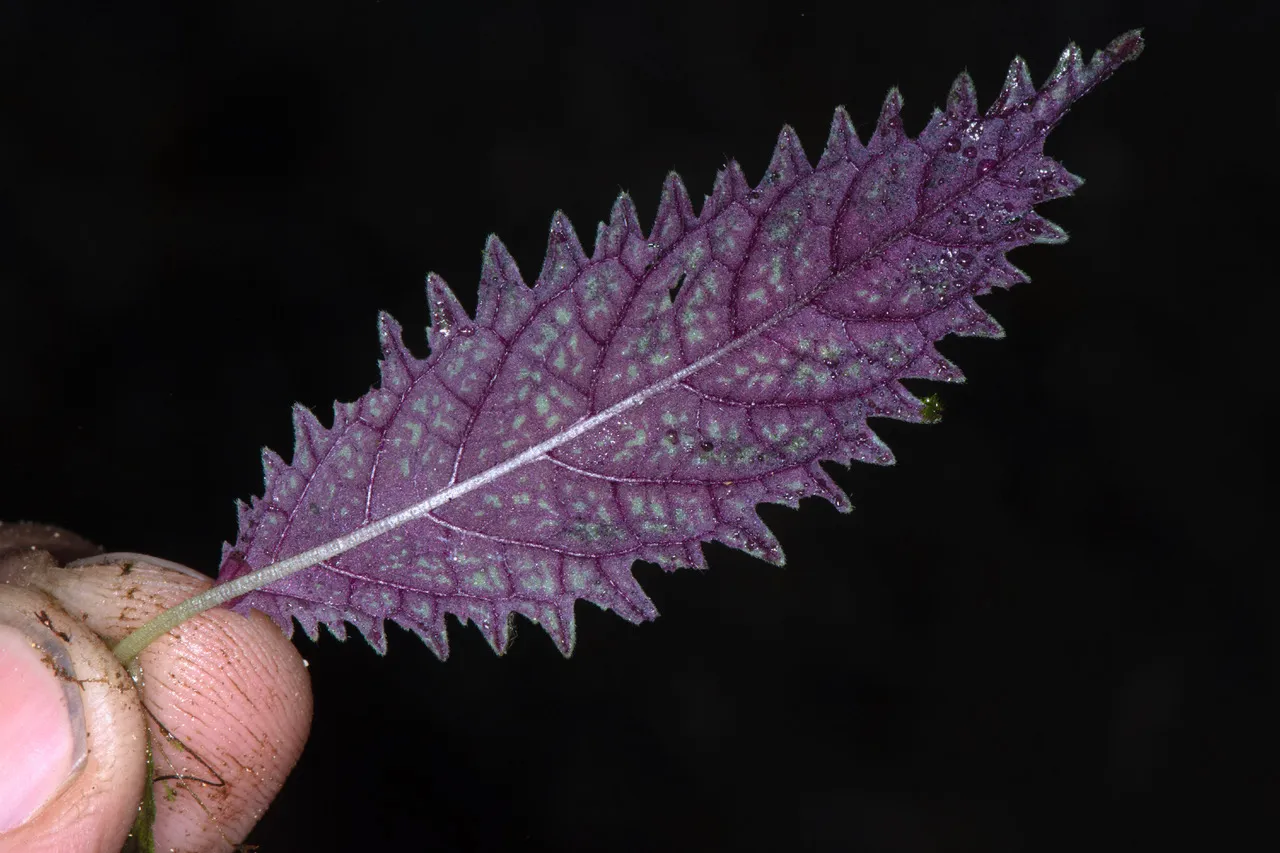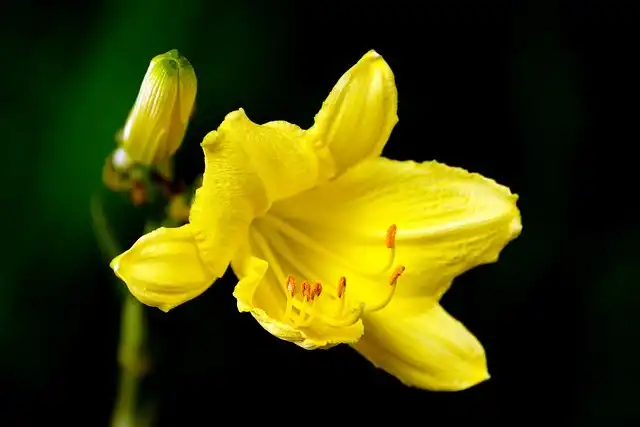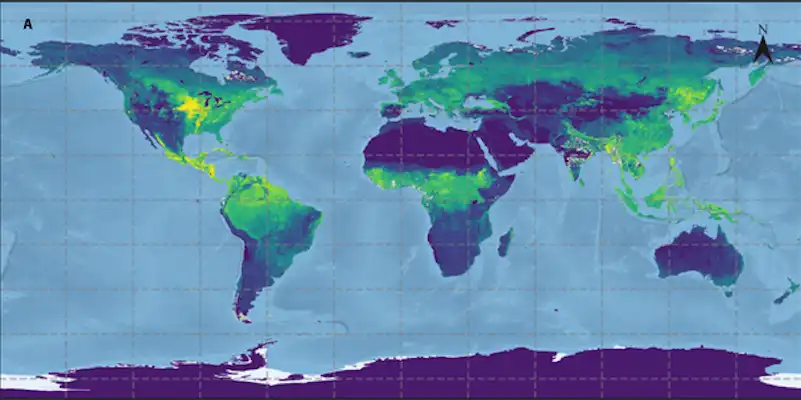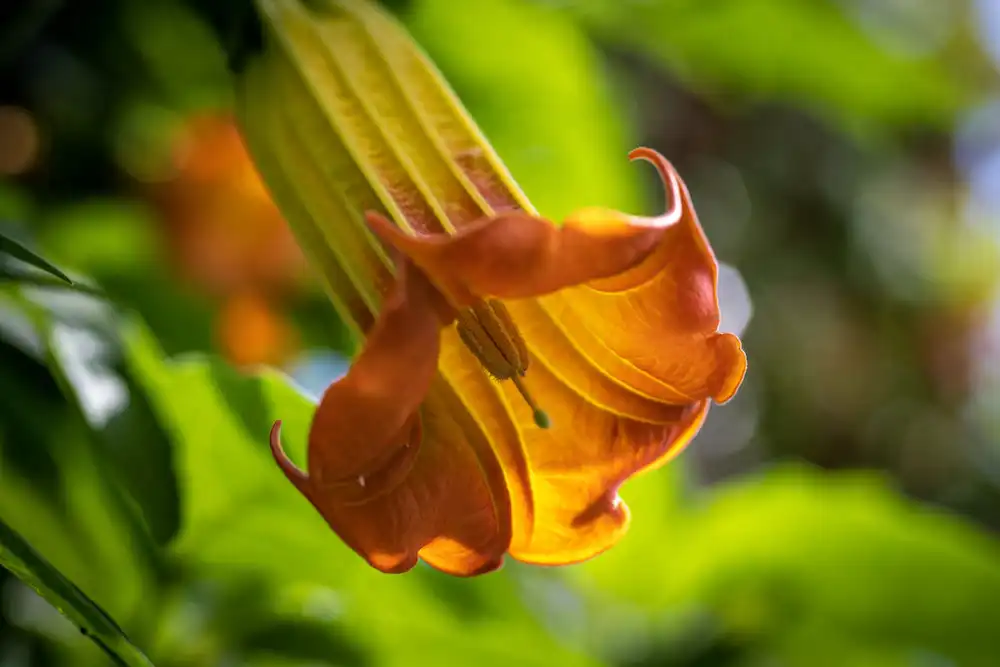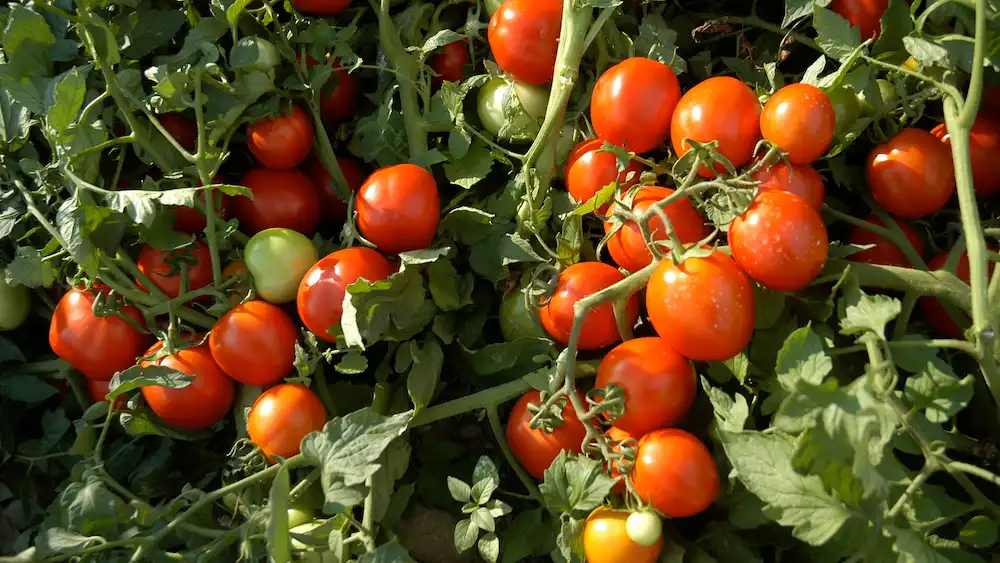
Ice age cycles had minimal impact on the genetic diversity of European trees, finds a new study. High diversity arose from traits like long lifespans and pollen traveling vast distances. This resilience offers hope for forests adapting to today’s rapid…
Read More


